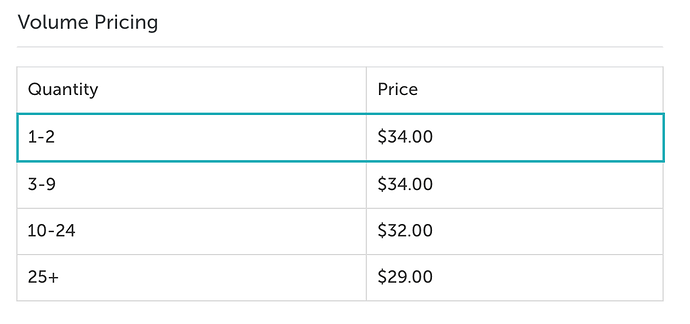Thank you @jeff ! This would need to be easily set-up and tear-down-able – aka I’d want to be able to pack the whole “setup” into a plastic tote and bring it to a party, and I’d prefer the lamps to NOT be hardwired to each other if possible since that adds a lot of complexity to a plug-and-play setup.
To clarify, this means that the lamps would NOT be showing the exact same pixel data, just the same pattern and time, if they are different distances from the speakers, right?
Aka the lamp that’s literally sitting on top of a big speaker would be brighter than the lamp on the other side of the room because it’s getting “hotter” data off of the microphone.
That’s probably fine – and might look pretty cool – but either way, the only work-around is hard-wired connections between the lamps, right?
EDIT: I’m also thinking the project will look more “consistent” if I add a line-in microphone to each lamp, and this thread Bass Detection for sound reactive patterns - #12 by ZacharyRD is super helpful in refining my thinking as I scale.
Thanks for the fast reply and happy Labor Day.
Dumb last question – this time for @wizard – have you considered adding volume pricing to the Sensor Boards as well as the PixelBlazes, and is it intentional that your 1-2 unit and 3-9 unit pricing is the same? It looks like you probably meant to do $33 for 3-9 units. (Note: this is in the spirit of a helpful suggestion; $1 a PB more or less doesn’t change what I’m going to buy this week).
